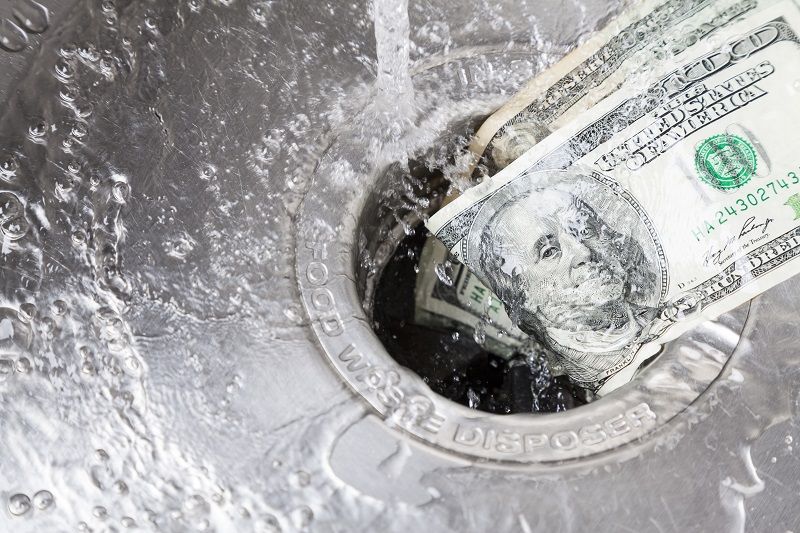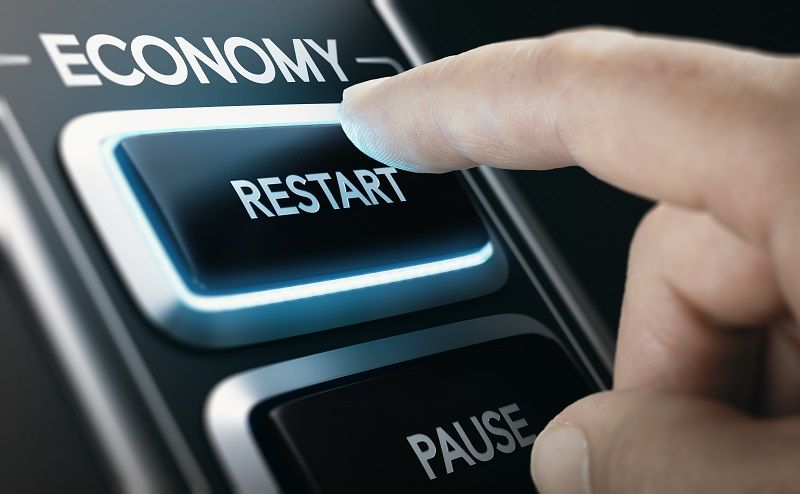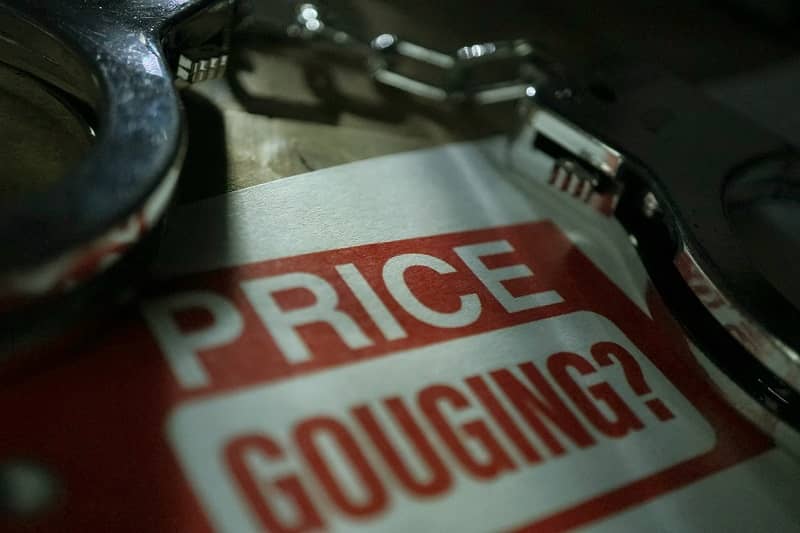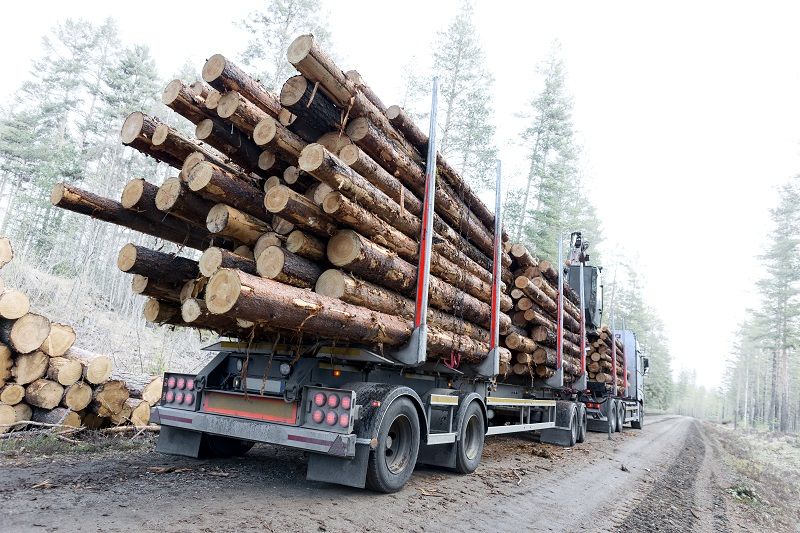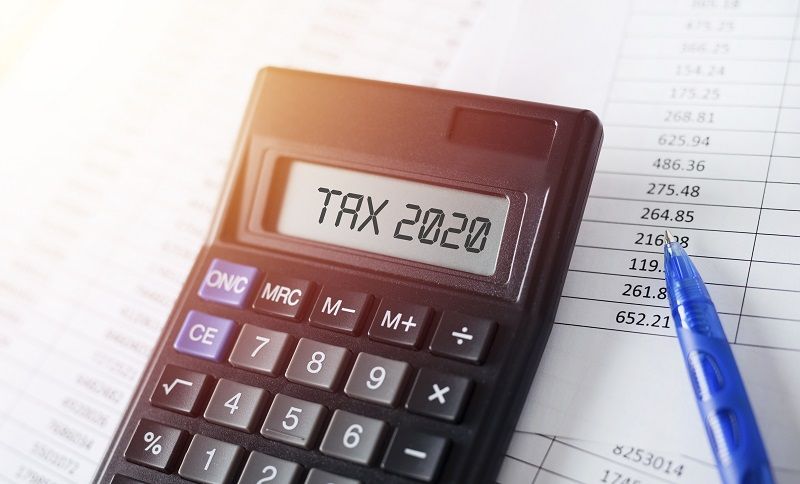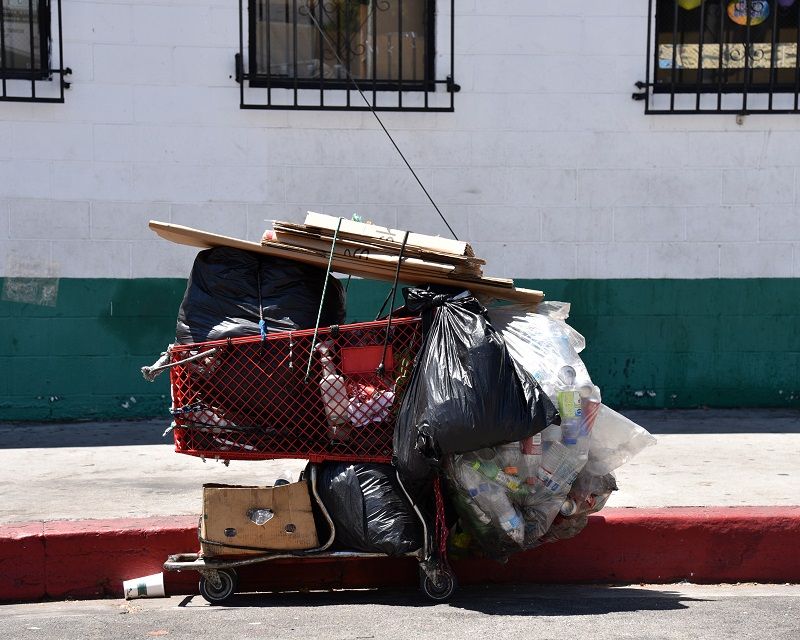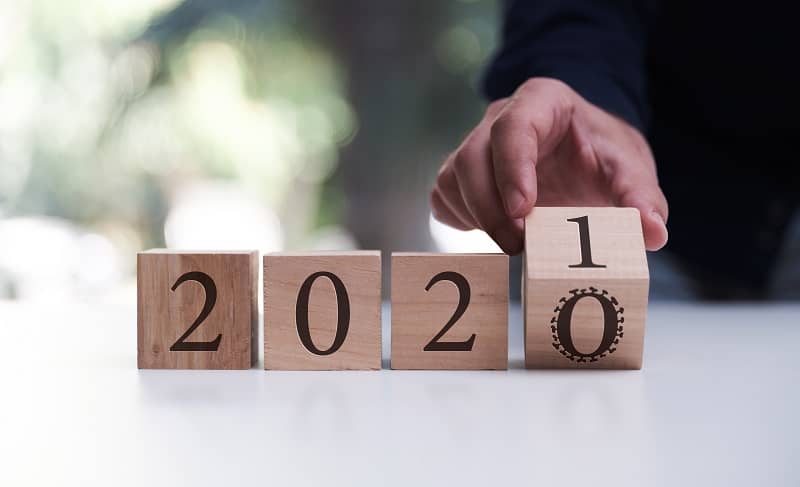 Response to “A Second Look at Microfinance: The Sequence of Growth and Credit in Economic History,” by Thomas Dichter
Response to “A Second Look at Microfinance: The Sequence of Growth and Credit in Economic History,” by Thomas Dichter
Microfinance is a mechanism or a practice of providing financial services on a very small scale such as credit, savings or insurance, to the poor. It is a field being thoroughly investigated by academicians and policy analysts because it has the potential to become an important instrument in poverty reduction. Yet, microfinance is not a direct poverty alleviation program. It also calls for a paradigm shift in our perception of the capabilities of the poor.
According to Thomas Dichter’s thesis, microenterprises, spawned by microfinance in general and microcredit specifically, cannot lift people out of poverty. This is because microenterprises are actually subsistence activities and hardly can be called “business.” That is the reason why they cannot really generate wealth. Second, history shows that formal credit has been used in the United States only for consumption purposes. He is concerned that democratization of credit will further deteriorate the debt situation of Americans. Since mid-2005 the U.S. has witnessed the savings rate dipping to 0%, the lowest since the 1933 Great Depression. Therefore, the expectation that microfinance would lead to economic development and reduction in poverty is unduly exaggerated.
It is true that in the U.S. formal credit generally has been used by the poor for “consumption,” not for investment. But the culture of “consumption” has developed because of other reasons as well, including a welfare system which offers use-it-or-lose-it entitlements. Public assistance programs like food stamps, unemployment insurance and public school allotments essentially encourage “consumption.” Poor and low-income individuals are not offered any incentive to save for later use. It is no wonder that the U.S. does not have a savings rate to be proud of.
It is also a sad fact that the poor usually have to pay more for everything, especially for financial services, both in terms of absolute dollars and relative to their income. They are spatially and psychologically isolated from mainstream markets. They often do not have the choice to shop around for basic amenities that might be considered both consumption and asset items, such as housing, cars and education.
The microfinance movement is not limited to microcredit. It has other facets as well. When microfinance is defined as “provision of financial services such as small loans to the world’s poor” (as Dichter defines it) this covers only a thin slice of its actual scope. Asian Development Bank offers a much more comprehensive definition: “Microfinance is the provision of a broad range of financial services such as deposits, loans, payment services, money transfers and insurance to poor and low-income households and their microenterprises.”1
There is a huge lobby in the U.S. against payday lenders and similar other services. The case against these lenders is that they exploit the poor, whose resources are being depleted by these fringe economy players. Yet, whenever there is a dialogue to include the poor in mainstream financial markets, it is simply assumed that “the poor are not entrepreneurs.” The main argument forwarded to justify barriers to credit access is that loans and insurance will be used by the poor for consumption, rather than for investment.
An enterprise or a business can be of many kinds. It can be a big corporation or a one-man-show operating out of a home office. It can be a sophisticated IT start-up or a local greeting card designer. The range is too wide to be contained in a narrow definition. One feature common to all these categories is the need for credit. Credit is important for starting any business. No business starts big. All enterprises need seed funding, which is acquired either through equity or loans, and it takes a while to reach the take-off stage.
Businesses also do not operate in a vacuum. There are many kinds of barriers to entry. Cartelization and government regulations are the two biggest barriers. These barriers are broken only by those who have the best resources and networking capacity, and the rest are left out. The competition is almost never fair. But at least individuals, no matter what class they belong to, should have the freedom to participate in entrepreneurial activities.
The prevalent paternalistic approach towards the poor in this country does not allow this freedom. Policymakers assume that the poor cannot think for themselves, and they elect to decide on their behalf. And their final determination is that access to public assistance and jobs are all that the poor need. But this is not enough. Microenterprises and self-employment are important for the poor in a developed country like the U.S., just as in poorer countries.
The social support system in the U.S., in the form of innumerable government programs for the poor, cost American taxpayers $8.29 trillion in the last forty years. This has reduced the national poverty rate from 23% to 13.3% (1965-2005). In 1996 the welfare system was significantly altered, so that now the focus is to get most people from welfare to work. If the government assistance system is so effective, why do the poor need to be asked to leave the system?
One reason is that the fiscal burden of the welfare system is becoming so heavy that prodding more welfare-dependent people into the workforce might be the only way to save the whole welfare system from breaking down altogether. But the relevant question at this point is: Are there enough jobs for welfare recipients, and will these jobs generate enough income for families recently out of welfare to survive? Low-income families entering the workforce require continuous government assistance in the form of food vouchers or subsidized housing. Thus, they are still state-welfare-dependent in some way.
This situation has created another category of poor called “the working poor.”2 The large numbers of working poor are also related to factors like a clear movement away from higher-paying manufacturing jobs to low-wage service employment. According to the Bureau of Labor Statistics, service-providing industries are expected to account for approximately 20.8 million of the 21.6 million new wage and salary jobs generated from 2002 to 2012.3 This shows that shifting welfare-dependent families into work will not make everyone climb out of poverty automatically. Therefore, there is a need for additional “subsistence activity” (as Dichter calls microenterprise).
Microfinance is a tool. It is not a “stand-alone” poverty alleviation program. Some other conditions have to be altered to explore further the usefulness of tools like microfinance and microenterprise. Public hand-outs should be revised so that beneficiaries can save some of the funds for future use. This will give recipients positive incentives to use their entitlements with thrift.
Dichter talks about the poor possessing “hidden assets.” Any asset that has to be hidden for any reason and cannot be marketed does not help in increasing the income of the poor. These assets can be in the form of skills that could never be used because of lack of opportunity. The poor do not use these hidden assets or seldom use formal credit to start a business because there are other barriers to entry as well.
Rules that restrict the development of self-employed individuals’ businesses should be eliminated or at least relaxed. Today, hundreds of occupations require licenses and certification. Though some professions may need licensing to protect public health and safety, others like massaging, counseling or grave digging should be freed from arbitrary government restrictions. Innovative ideas, when combined with access to financial services, can completely revolutionize the social policy scene in this country.
Dichter concludes by saying that the original historical sequence of events was economic development followed by job creation, which leads to poverty reduction. This resulted in converting the working poor into attractive targets for financial services, ultimately turning them into credit card holders—credit cards used for “consumption” purposes. According to Dichter, there is no compelling reason to believe that this sequence has really changed.
This is not a complete representation of the total socioeconomic picture of this country. Parallel to this historical chain of events, the welfare state in the northern hemisphere has grown progressively in size. The economic recovery after the Great Depression and the following economic prosperity placed the U.S. government in a position to start the war on poverty, to assist workers hit hard by the Depression. The continuously expanding social welfare system has been maintained ever since by tax dollars. But it seems that increases in welfare spending only have made a section of the population intergenerationally dependent on public assistance. This has broken down the original enterprising spirit in Americans. This also has negatively affected America’s wealth by requiring the wage earners to pay high taxes to preserve a welfare system that is not effective any more.
The past succession of economic events has not generated a very desirable present. Economic development could not always create high-paying manufacturing jobs, nor could it substantially reduce the rate of poverty. Poverty has become a much more complex issue in the U.S. today. Lopsided arrangements have given the poor access to “consumption” but not to “investment” and “enterprise.” Therefore, there is also no compelling reason to believe that a fresh approach to the relationship between economic development and mass credit is completely unnecessary.
Dichter has commented that money “is fungible—it can be used for anything.” Therefore, given the right incentives and supportive policies, credit can be used for investment purposes as well as for consumption. As is known from the entrepreneurial history of this country, America has been known as “the land of opportunities,” which has attracted many entrepreneurs from around the globe. There must be a way to extend this culture of entrepreneurship to the poor as well.
The welfare policy should focus on connecting welfare recipients to the existing private vocational and career schools. Oregon for example, has more than 300 licensed career schools. Connecting them with community based small business training centers is a way to help them as well. In Oregon an organization called MERIT (Microenterprise Resources, Initiatives and Training) helps entrepreneurs in Marion, Polk and Yamhill Counties develop their business ideas and learn the basics of running a business. MERIT supports a range of “underserved” individuals, including welfare recipients and anyone who has difficulty getting small business training. There are organizations in Portland like Mercy Corps, which administers Individual Development Accounts (IDA) for small businesses, and Oregon Association of Minority Entrepreneurs (OAME), which administers microloan programs. Referring welfare clients to these microfinance programs is an important step towards extending the entrepreneurial culture to the poor.
Other states have similar organizations and programs catering to the “underserved.” Once welfare recipients start networking with these organizations, and external hurdles like expensive business regulations and tax structure are addressed, the use of mass credit can become instrumental in helping the poor step out of the vicious circle of poverty.
1 http://www.adb.org/Documents/Policies/Microfinance/microfinance0100.asp?p=microfnc
2 Joseph Dalakar and Bernadette D. Proctor, Poverty in the United States: 1999 (United States Census Bureau, Washington, DC: September 2000).
3 Bureau of Labor Statistics, “Tomorrow’s Jobs,” U.S. Department of Labor, June 2, 2004.
© 2007, Cascade Policy Institute. All rights reserved. Permission to reprint in whole or in part is hereby granted, provided the author and Cascade Policy Institute are cited. Contact Cascade at (503) 242-0900 to arrange print or broadcast interviews on this topic. For more topics visit the QuickPoint! archive.

